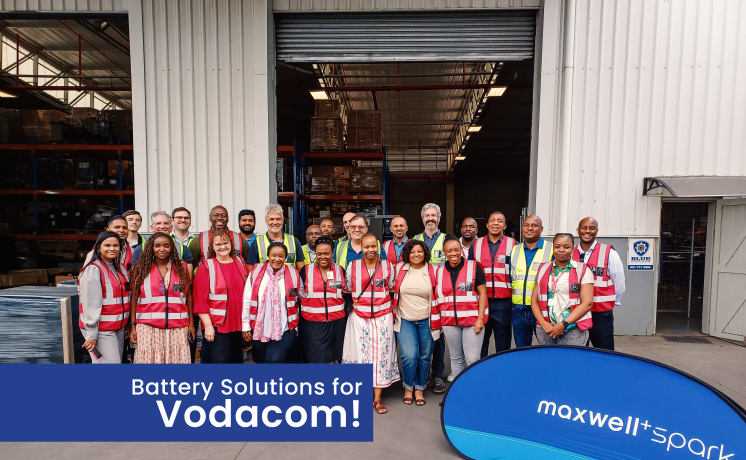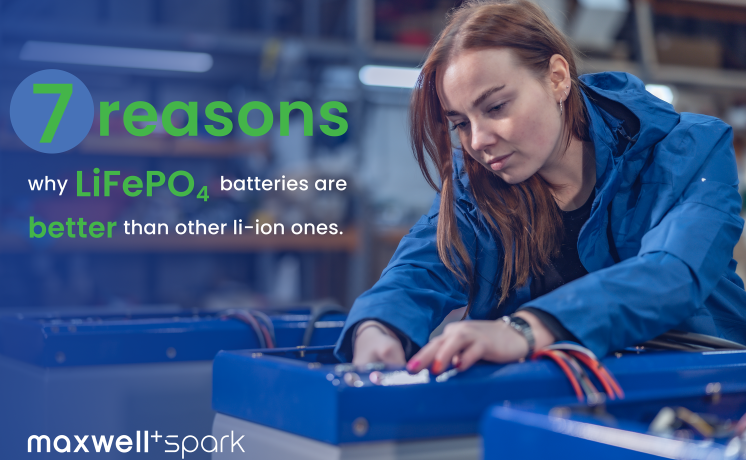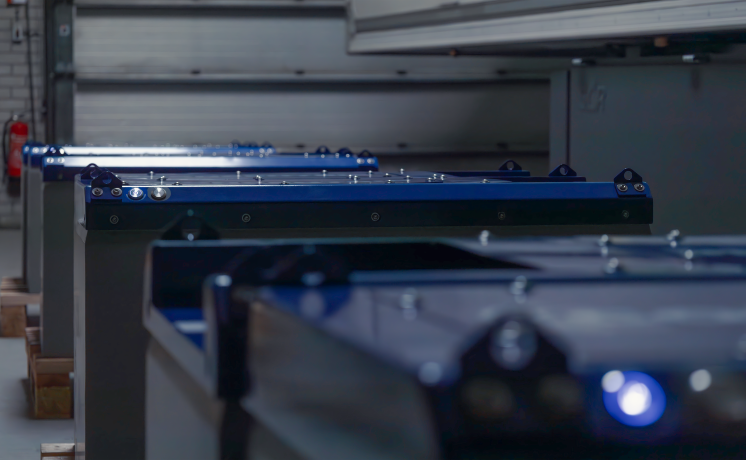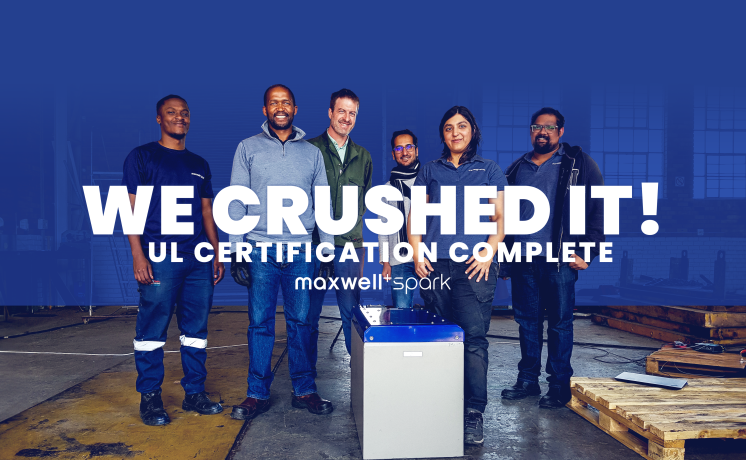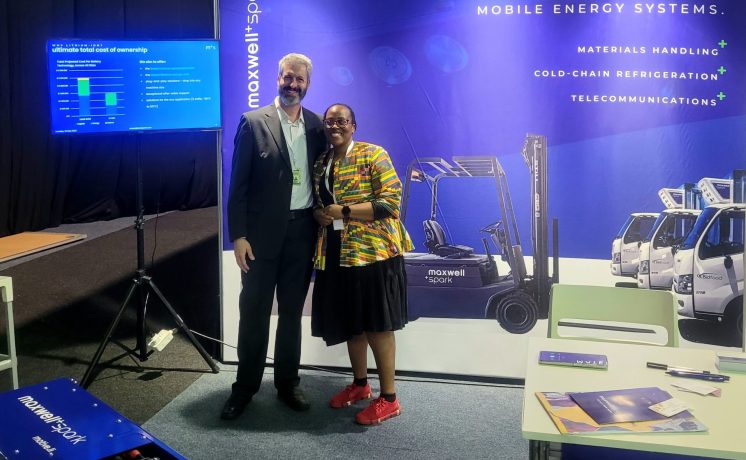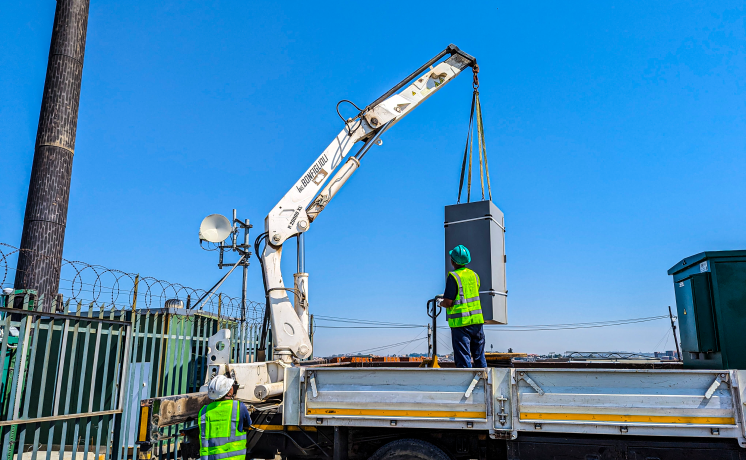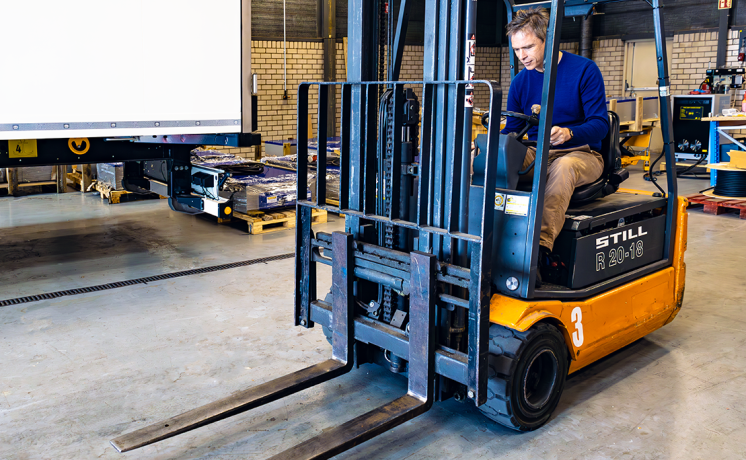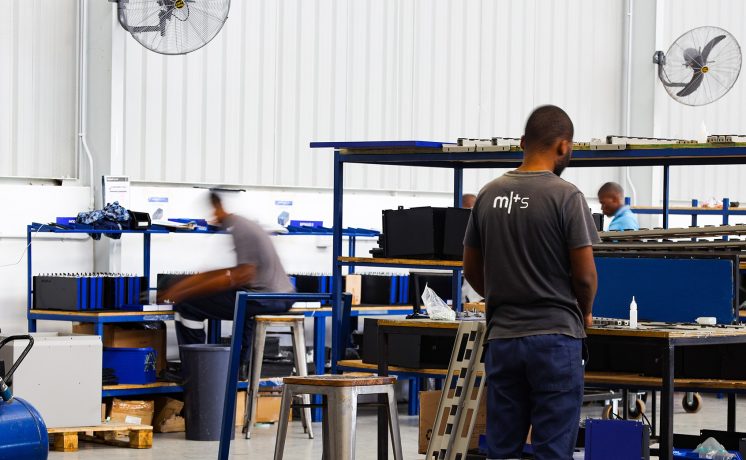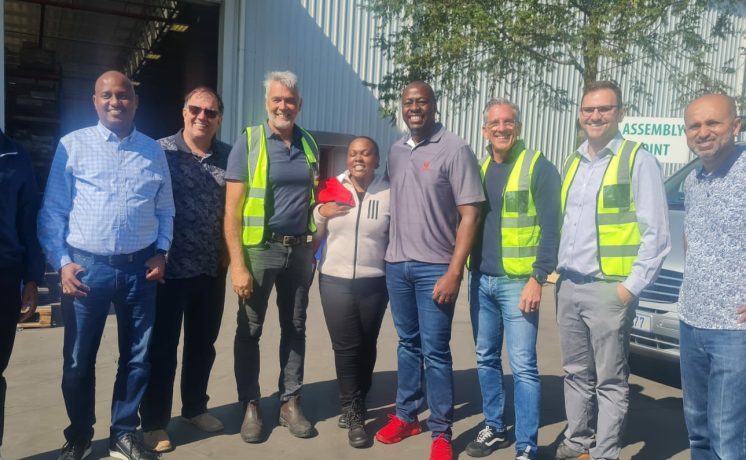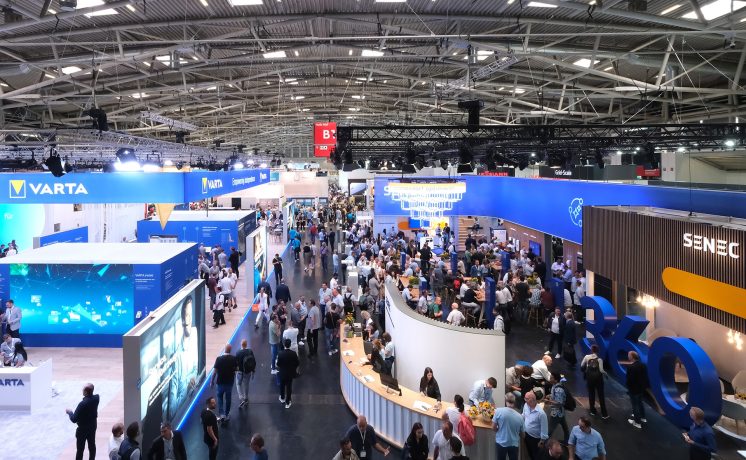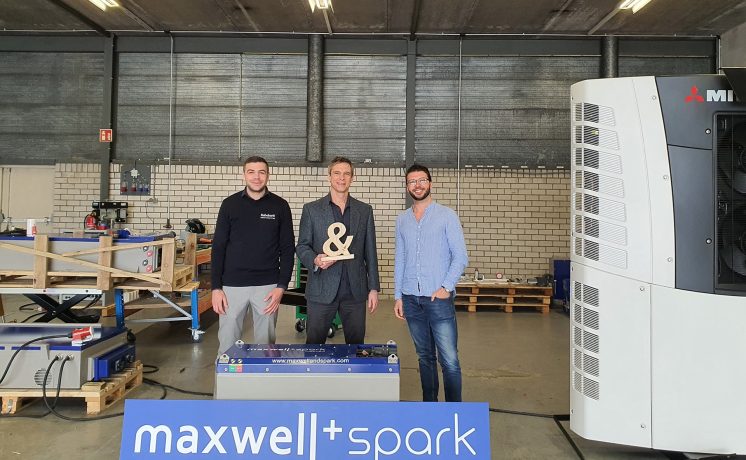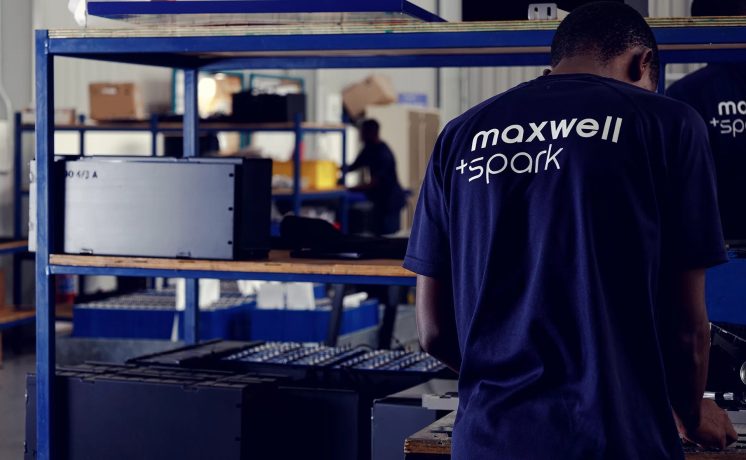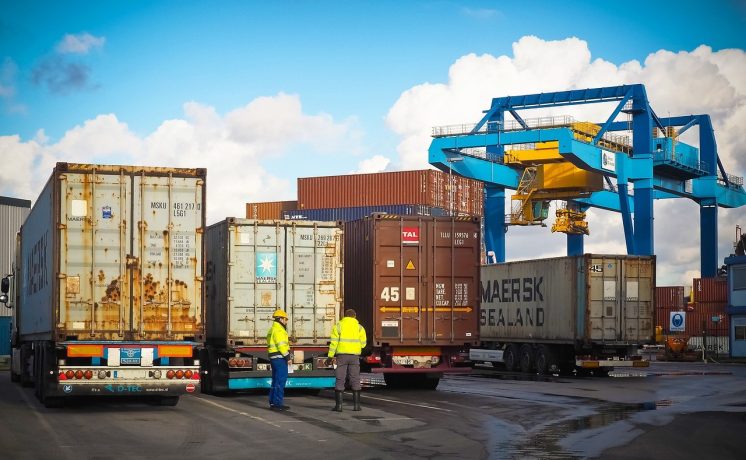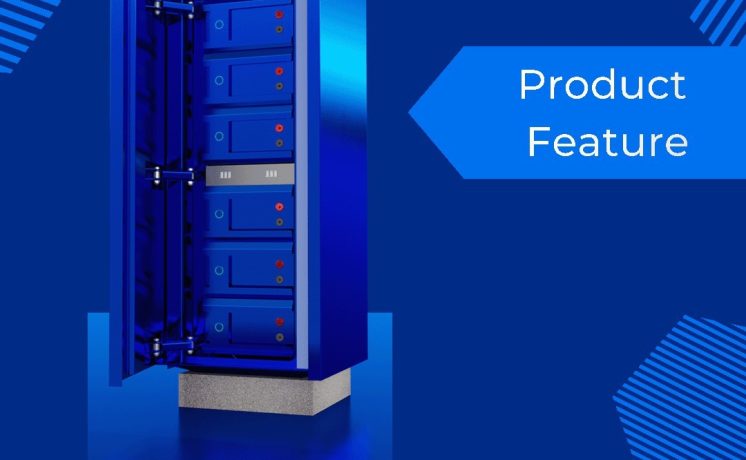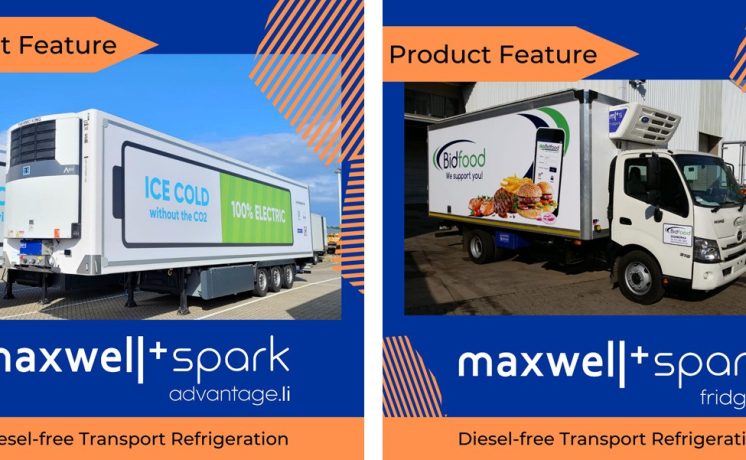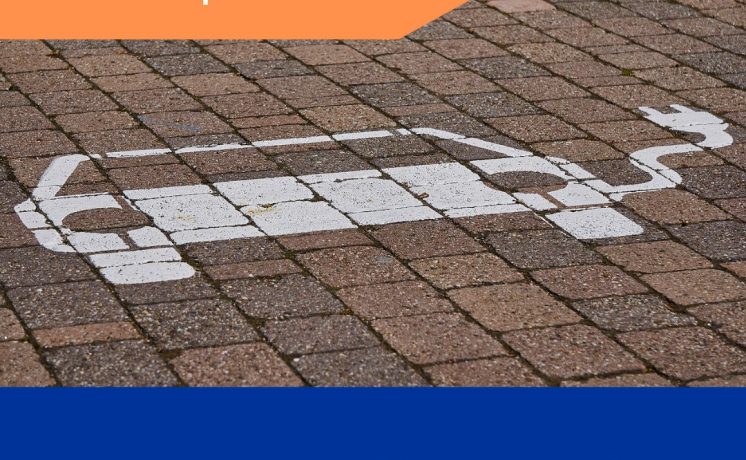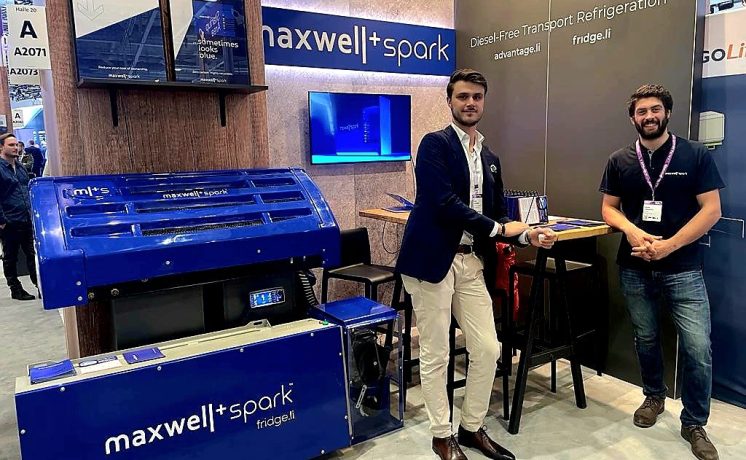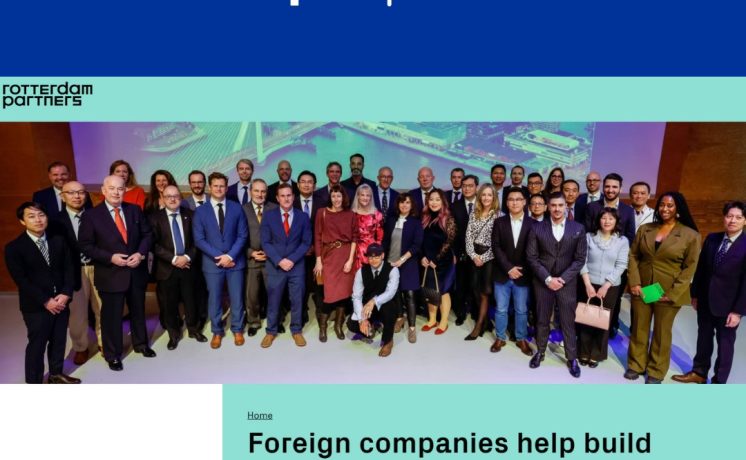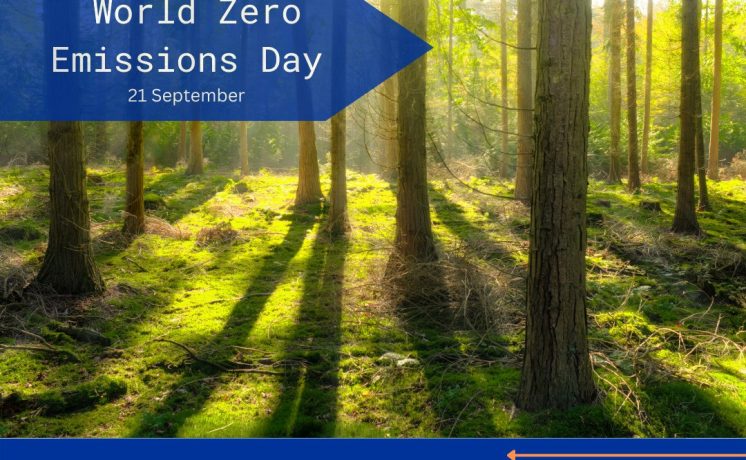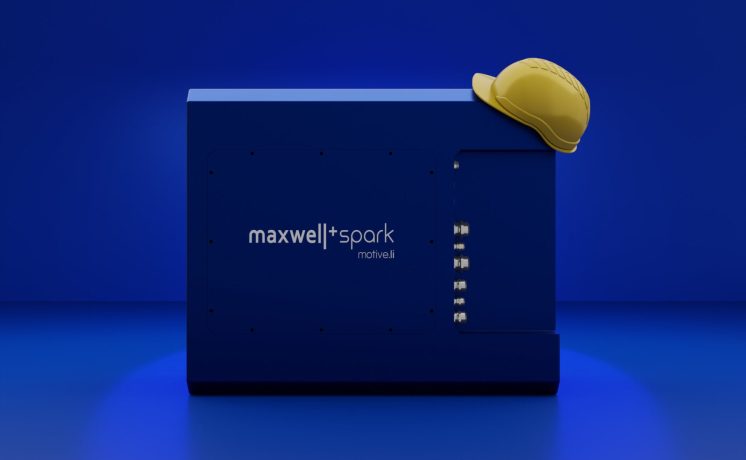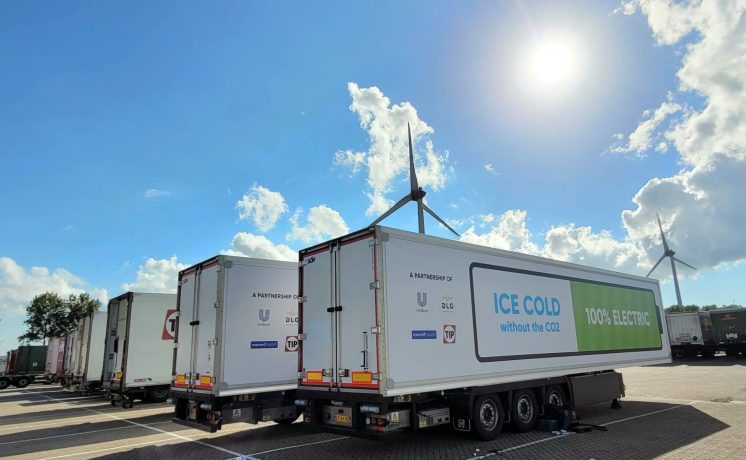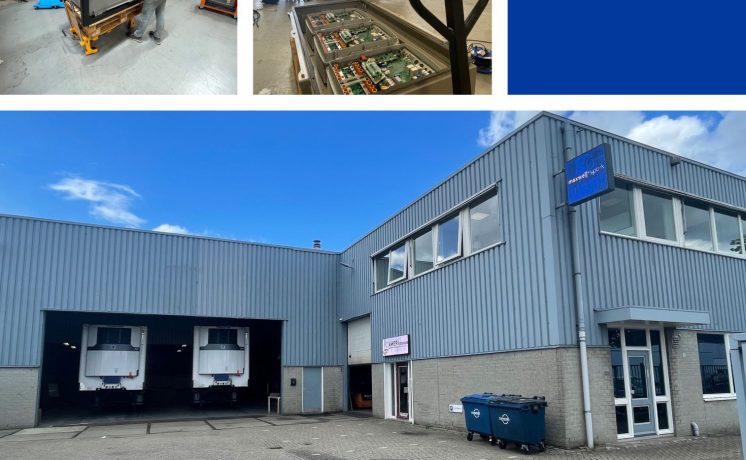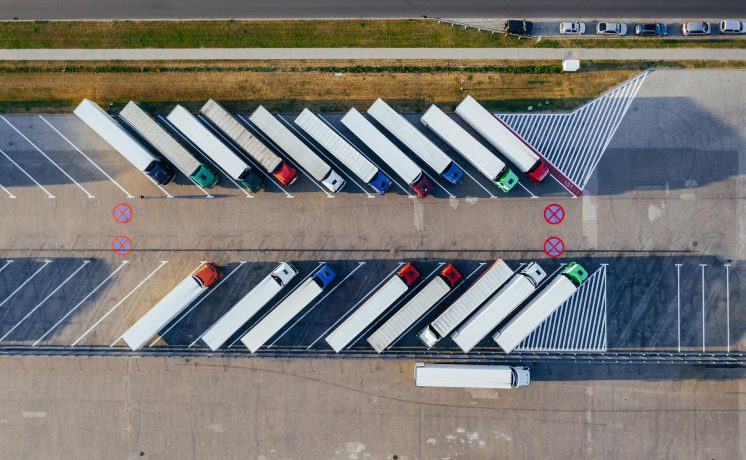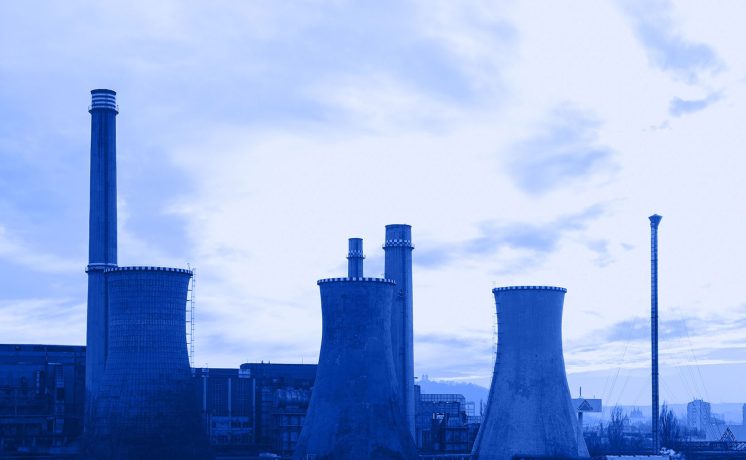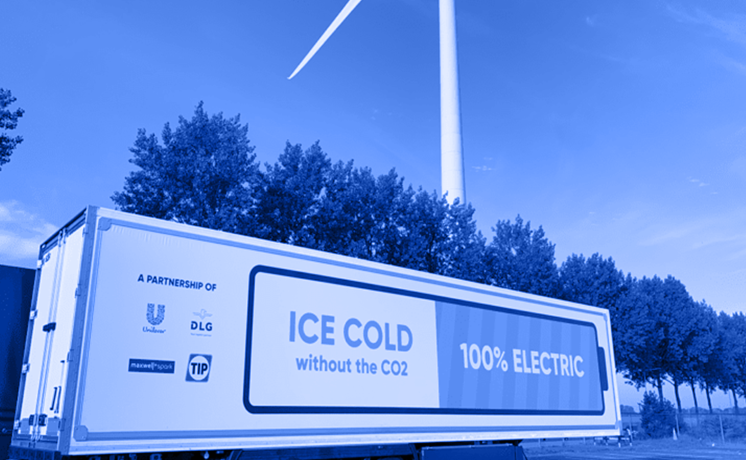This is a really important topic to be talking about. At the current growth rate of the lithium-ion battery market, global mining operations will not be able to extract enough lithium to meet this demand. Recycling and Second Life are key ways of getting these scarce resources back into the supply chain.
Recycling Lithium-ion batteries and making their components reusable could not only restore value to those that are already in circulation, but also substantially reduce the energy, waste, and expenses associated with the production of new ones.
At maxwell+spark we only design Lithium Iron Phosphate (LFP) batteries, which have a much longer life cycle than other types of lithium-ion batteries (such as the ones found in our cell phones, laptops and other electronics that are an integral part of our daily lives). This means that LFP batteries can be recharged and used multiple times over their lifetime and are typically used in applications such as electric cars, electric bicycles, and power tools.
While our first batteries are not yet 5 years old and are nowhere near being ready for recycling, this hasn’t stopped us from designing our batteries with a longer, more sustainable goal in mind. Our engineering takes into account that lithium is a scarce resource and should be optimised for efficiency and longevity.
The first life of a maxwell+spark battery lasts between 10-20 years, depending on how it has been used. When our batteries hit 80% of their original usable capacity, we consider the First Life complete.
Next, there are multiple ways of generating a Second Life for that battery. Firsty, we could simply keep using it by moving the battery to the same application type, but with a lower utilisation requirement.
Secondly, we could dismantle the battery and build a stationary energy storage system (ESS) such as a power supply for a warehouse. This would give that battery another 5-10 years of use.
Once the Second Life is complete, recycling is the next step to ensure the reduction of waste and carbon footprint. Despite much progress in this field, recycling lithium-ion batteries (especially the ones found in smaller electronic goods) can be time-consuming, costly and complicated. We have designed the maxwell+spark batteries to be non-toxic and easy to recycle by building them from one the most common lithium-ion chemistries that does not contain cobalt, and in one of the most common geometries (or formats). This ensures a safer and less time-consuming recycling process.
The benefits of engineering for sustainability and longevity in the lithium-ion space are obvious: repurposing materials for other uses such as creating new batteries means less waste and a lower carbon footprint. It also means a reduction in the amount of resources that are needed to be mined from the earth and saving on the energy needed to manufacture new lithium-ion batteries.
